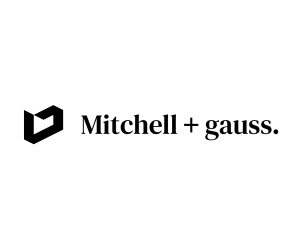And finally…new RBS tenner enters circulation - and another atmosphere
Primary school pupils in Perth have helped Royal Bank of Scotland launch its first Polymer note – by sending it into space.
Children from St Stephen’s and Newhill Primary schools in Blairgowrie, Perthshire joined a team of scientists to take the new banknote, which features the image of celebrated Scottish astronomer Mary Somerville, into the edge of space and 38,500 metres into the earth’s atmosphere.
The £10 is the second in a new series of ‘Fabric of Nature’ themed notes made from polymer material and contains a variety of new security features, making it difficult to counterfeit but easy to authenticate.
It is also the first Royal Bank of Scotland note to feature raised braille details to help the visually impaired.
The choice of Mary Somerville for the new £10 was made following a public vote across social media.
Behind Mary’s portrait sits an illustration of her hometown of Burntisland in Fife. In a nod to her astronomical work, a moon diagram taken from her book, Mechanism of the Heavens, appears when the note is viewed under UV light.
The reverse of the note features a pair of otters, most commonly seen in the UK on the West of Scotland.
Malcolm Buchanan, chairman of the bank’s Scotland Board, said: “At the Royal Bank of Scotland, we feel that a banknote’s value is more than just the figure printed across its front - it is our symbol which lives in people’s pockets and touches everyday lives.
“This is our most advanced note yet and we wanted the public to help influence its design. It is fitting that the public vote led to the choice of Mary Somerville, a person who helped advance our understanding of the world which surrounds us and the stars above us.”
The new £10 note will be 15 per cent smaller than its paper equivalent and the new material will be cleaner, more secure and more durable than traditional cotton notes, on average lasting 2.5 times longer.
The creation of the new note involved a number of key Scottish arts organisations and designers including Graven Images, Nile, Stucco, Timorous Beasties, O’Street and the Glasgow School of Art. In total, 27 different designers and artists have been involved in its development.
The launch of the note into space took place at the schools’ shared campus with help from scientists, Sent into Space. Attaching a camera to a weather balloon, the note was photographed and filmed through its ascent, before landing safely in the north of Scotland.
The schools involved in the launch have previously taken part in Royal Bank of Scotland’s MoneySense programme, which teaches children and young people money skills.
As part of its security features, the new £10 note includes words from acclaimed Scottish poet, Norman MacCaig. MacCaig’s work is now studied as part of the Scottish schools curriculum and each pupil was presented with a copy of his work.
Royal Bank of Scotland has been issuing banknotes since 1727 and has an average of £1.5bn worth of notes in circulation on a single day.
The existing paper note features a portrait of Lord Ilay, the first governor of Royal Bank of Scotland. The reverse features an image of Glamis Castle.







